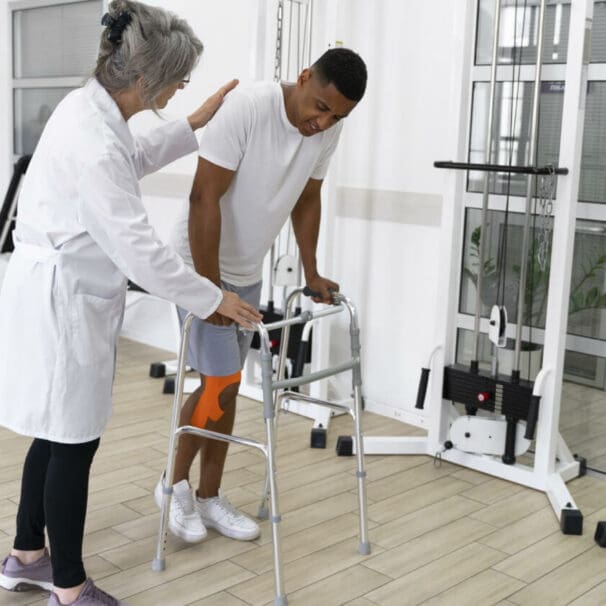HealthProviders DB is a comprehensive database of healthcare providers, including a complete directory of all Neurorehabilitation Occupational Therapists.
Occupational Therapist Healthcare Taxonomy Code 225XN1300X
As of today, the following are the total number of Neurorehabilitation Occupational Therapists nationally, in your State, and near your location.
Select a State below to view the list by State. Additionally, you can narrow the list by city, among other options, from the Filter Panel, which you can open by clicking the vertical ellipses ⋮ in the upper right corner of the app.
Alaska – Alabama – Armed Forces Pacific – Arkansas – American Samoa – Arizona – California – Colorado – Connecticut – District of Columbia – Delaware – Florida – Federated States of Micronesia – Georgia – Guam – Hawaii – Iowa – Idaho – Illinois – Indiana – Kansas – Kentucky – Louisiana – Massachusetts – Maryland – Maine – Marshall Islands – Michigan – Minnesota – Missouri – Northern Mariana Islands – Mississippi – Montana – North Carolina – North Dakota – Nebraska – New Hampshire – New Jersey – New Mexico – Nevada – New York – Ohio – Oklahoma – Oregon – Pennsylvania – Puerto Rico – Palau – Rhode Island – South Carolina – South Dakota – Tennessee – Texas – Utah – Virginia – Virgin Islands – Vermont – Washington – Wisconsin – West Virginia – Wyoming
Medicare
The following are the total number of Neurorehabilitation Occupational Therapists who accept Medicare in your State, the number who have opted out of Medicare, and the total number excluded from participation in Medicare nationwide.
The diagram below shows all the Neurorehabilitation Occupational Therapists across the country, represented by blue bubbles. The larger the bubble, the greater the concentration of providers in that area. Red bubbles represent Medicare-excluded providers, with the larger bubbles indicating a higher percentage of excluded providers in that region. You can change the bubble size to be based on exclusions from the Size menu.
What do Neurorehabilitation Occupational Therapists do?
Neurorehabilitation Occupational Therapists help patients with neurological conditions (like stroke, brain injury, or Parkinson’s) regain independence in daily activities by improving cognitive, motor, and sensory functions.
They create personalized plans, teach new skills or strategies, and recommend adaptive equipment to help patients manage daily tasks, improve safety, and enhance their quality of life.
What they do
Assess and plan: They evaluate a patient’s physical, cognitive, and sensory abilities, identify how the patient’s condition affects daily routines, and work with the patient and their family to set meaningful goals.
Improve daily function: They help patients relearn or adapt tasks such as dressing, cooking, or writing to increase safety and independence.
Enhance cognitive skills: Interventions focus on improving memory, problem-solving, and executive functions needed for daily activities.
Restore motor and sensory function: They use strategies to improve hand movement, coordination, and sensory awareness.
Provide adaptive equipment and environmental modifications: Therapists recommend and train patients in the use of adaptive tools and suggest home environment changes to overcome physical barriers.
Manage secondary symptoms: They help patients manage issues like fatigue and anxiety that can result from their condition.
Utilize innovative techniques: Therapies can include high-tech solutions like interactive computer games and neuromuscular electrical stimulation.

